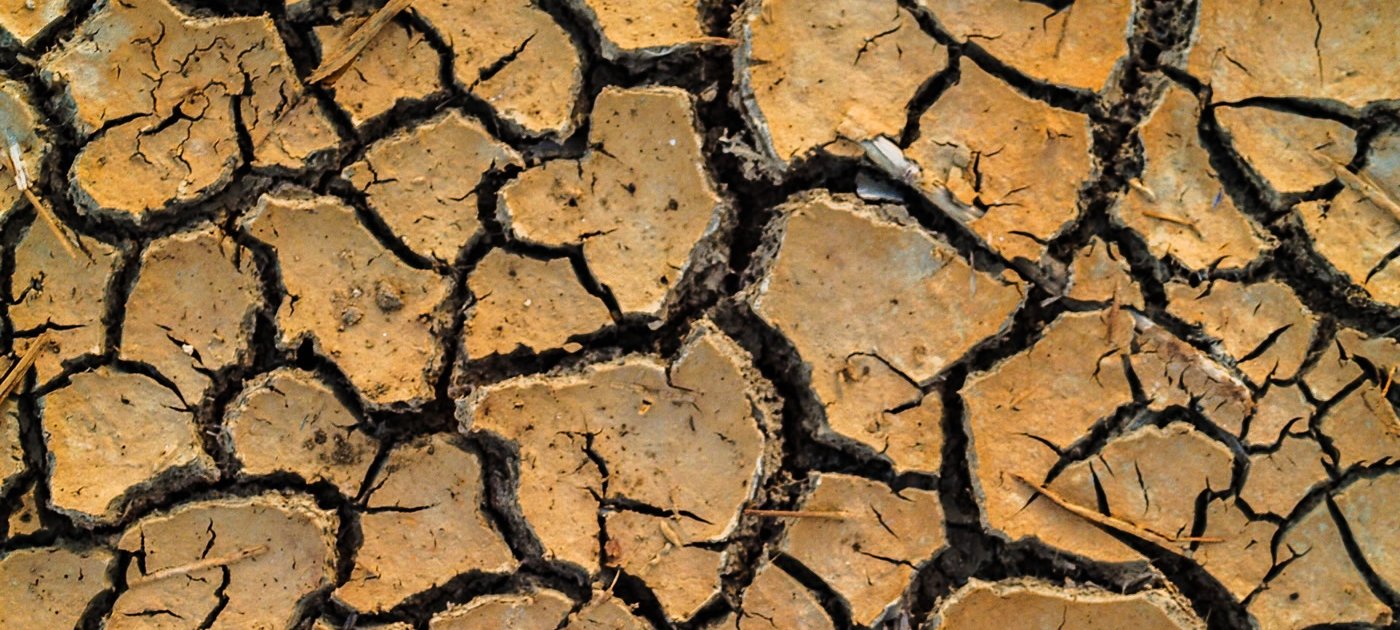Arid Environments and Drought
Arid environments normally have very low rainfall, such as deserts. Many arid environments are hot, causing water to evaporate faster than it can be replaced.
The following are characteristics of arid environments:
- Vegetation is sparse due to the lack of rainfall. There are few tall trees, and most plants are quite short, e.g. cacti, low shrubs or short, woody trees.
- The lack of vegetation means there is minimal leaf fall, and therefore, there is little. Soils are shallow and are not very fertile.
Although arid environments are challenging, plants, animals and humans living there have adapted to cope with limited water supplies.
What is a drought?
A drought is a severe shortage of water in a particular location. There are many causes of drought, but they often happen when rainfall is below average for a long time (weeks, months and years).
When a drought occurs, water supplies such as lakes and rivers become depleted, often because people continue to extract water and there is insufficient rainfall to replace it.
Droughts are typically accompanied by high temperatures, which increase the rate of evaporation and extraction, depleting water supplies even faster.
Droughts can occur anywhere. The length of drought varies from place to place. Droughts in East African countries have lasted decades, whereas the worst drought in Britain lasted 16 months.
Drought Hazards
Droughts can cause hazards for people and ecosystems, which rely on water for survival.
Droughts lead to water depletion in rivers, lakes and reservoirs, causing aquatic life and vegetation to die. In addition, due to a lack of water entering lakes and reservoirs, water becomes stagnant due to less freshwater diluting waste material. This increases the risk of contamination of water supplies and waterborne diseases such as cholera.
Agriculture can be affected by drought as a lack of water can damage crops and harm livestock. This can cause food shortages and increase malnutrition. Farmers are also at risk of losing their livelihoods.
When vegetation dies, and the soil is bare, it is at risk of erosion by wind and rain. When erosion occurs, it removes the topsoil layer, which means it can be difficult to grow crops in the future even when the rain returns. This can lead to further food shortages and famine.
During periods of drought, vegetation can become very dry, making wildfires more likely. Wildfires can destroy property, crops, forests and wildlife. California has experienced wildfires as a result of drought in 2018 and 2019.
Related Topics
Use the images below to explore related GeoTopics.



